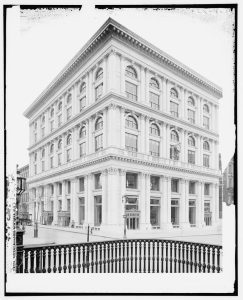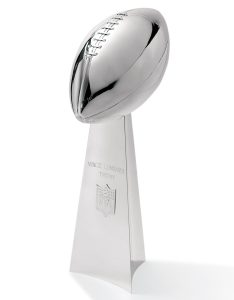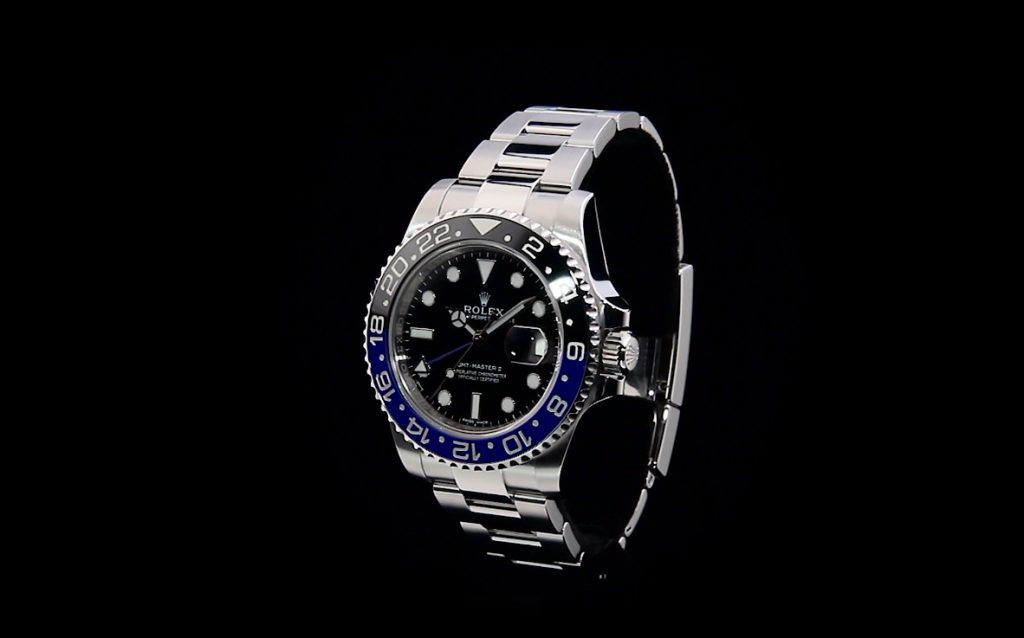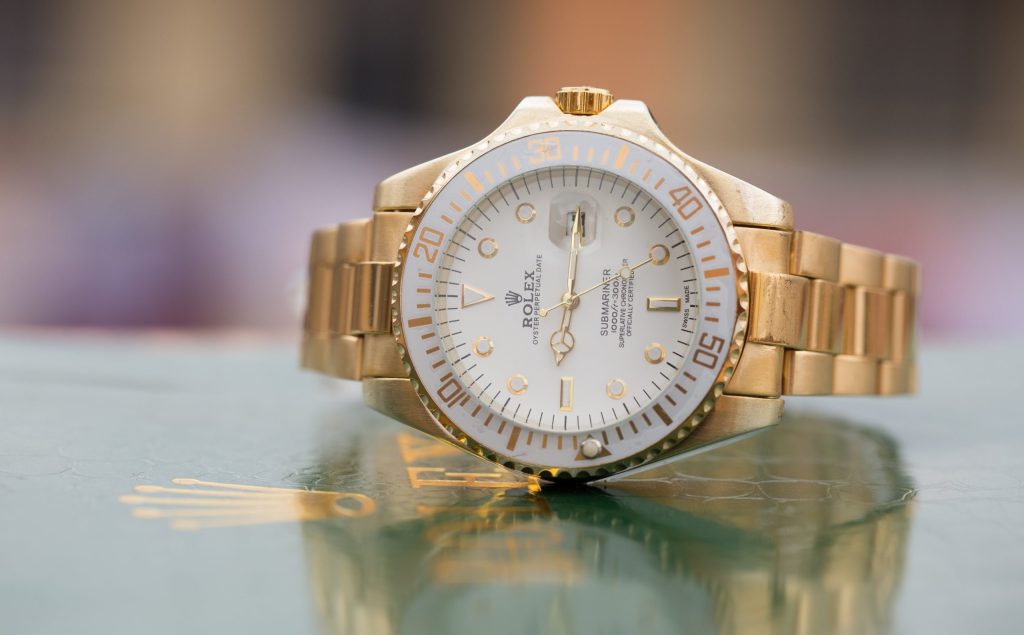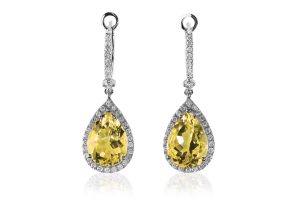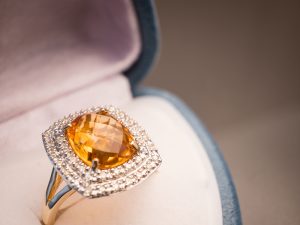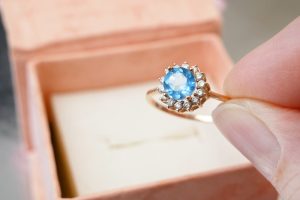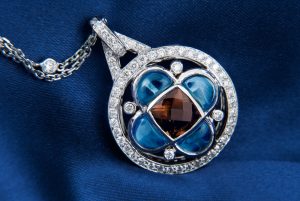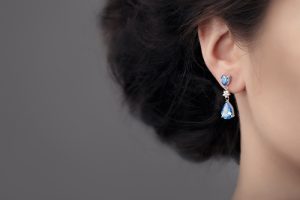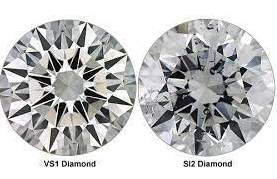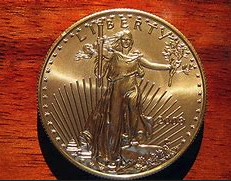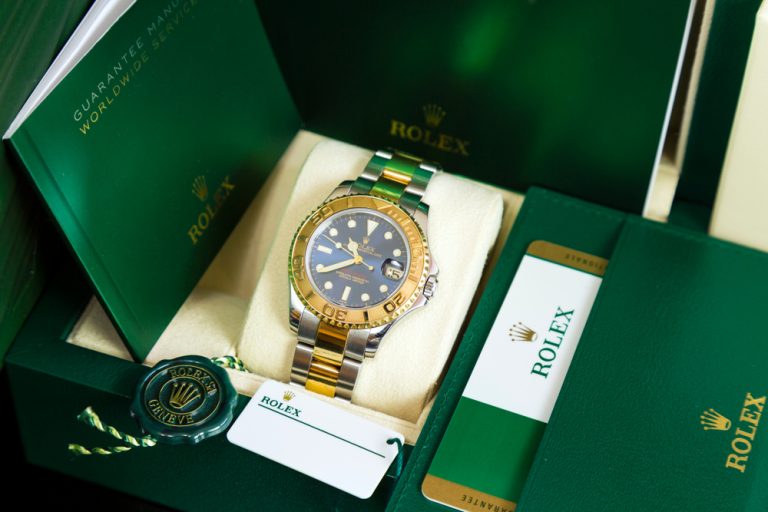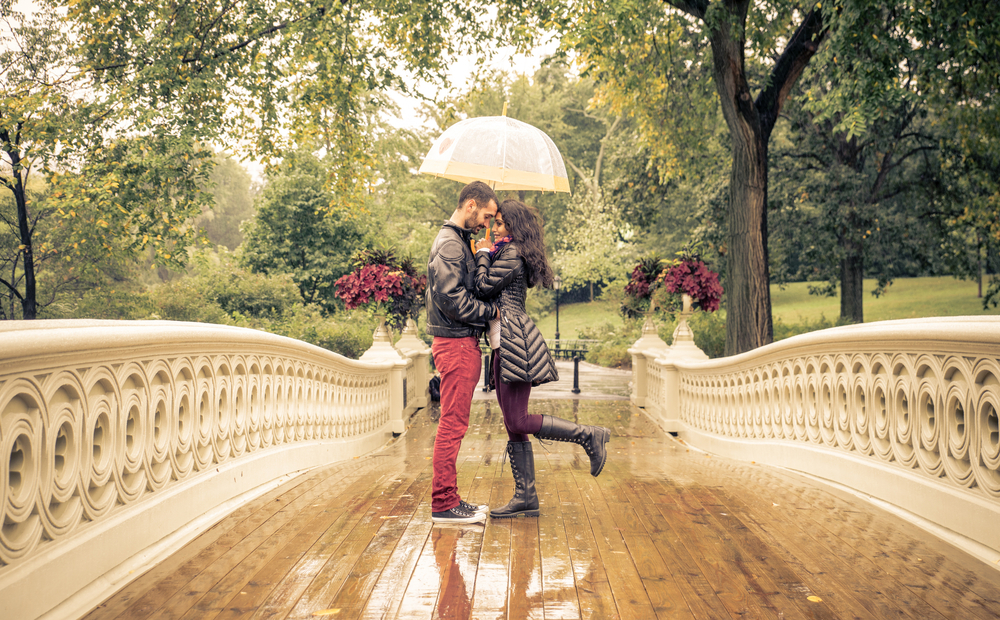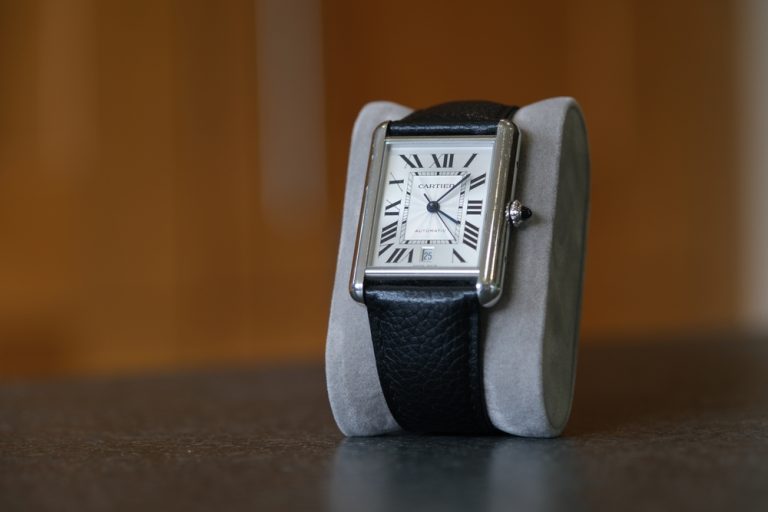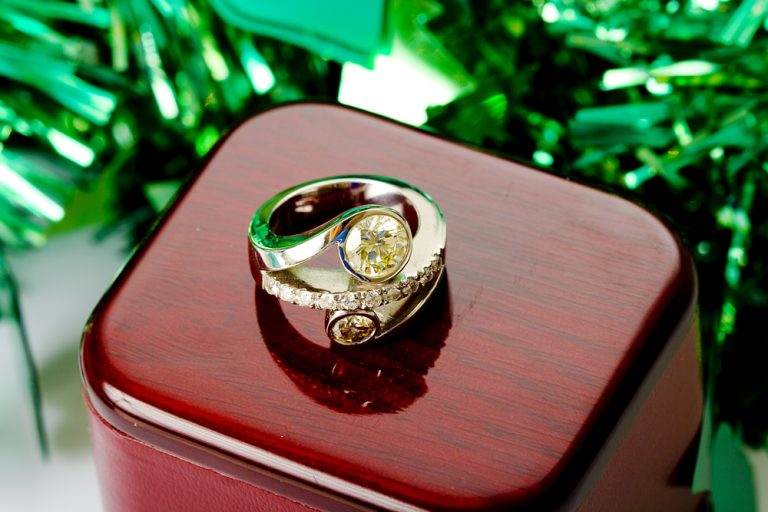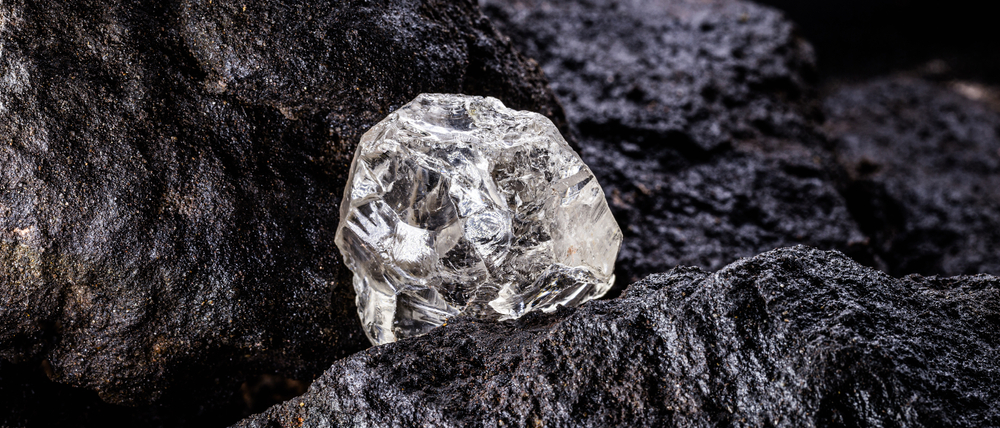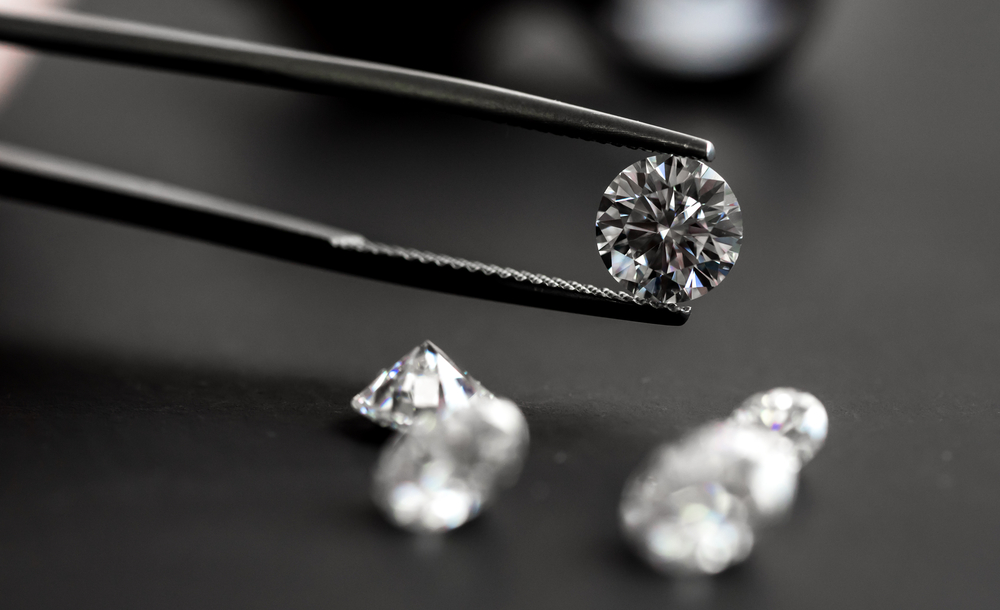Are you looking for a watch that can withstand any type of environment, performs exceptionally well, and offers a classic, sophisticated look? If so, the Rolex Submariner could be the next watch to add to your collection. A legendary diver’s watch, the Rolex Submariner perfectly combines all of these desirable features with its aesthetic appeal and robust, functional design. Launched in 1953, the Rolex Submariner was an instant hit due to its unprecedented underwater performance and technologically advanced perpetual movement. Today, one of the more sought-after models is the Rolex Submariner Rolesor.
What is a Rolesor?
Rolesor means “two-tone,” simply put, there is a meeting of two metals on a single watch. The Rolex Submariner Rolesor juxtaposes stainless steel and yellow gold. The unification of these contrasting color creates a beautiful radiance and balanced harmony.
Submariner Features
Considered the archetype of the dive watches, the Rolex Submariner Rolesor features many innovative qualities. Equally at home underwater, at a casual outing, or a formal event, the Submariner sets new standards for style, comfort, and durability.
One of the key functionalities of this two-tone Rolex Submariner is the rotatable bezel. Manufactured by Rolex, the corrosion-resistant ceramic bezel is engraved with 60-minute graduations to allow divers to accurately monitor time and decompression stops. The bezel is also carefully designed with maximum performance in mind – the knurled edge offers an excellent grip underwater and on land.
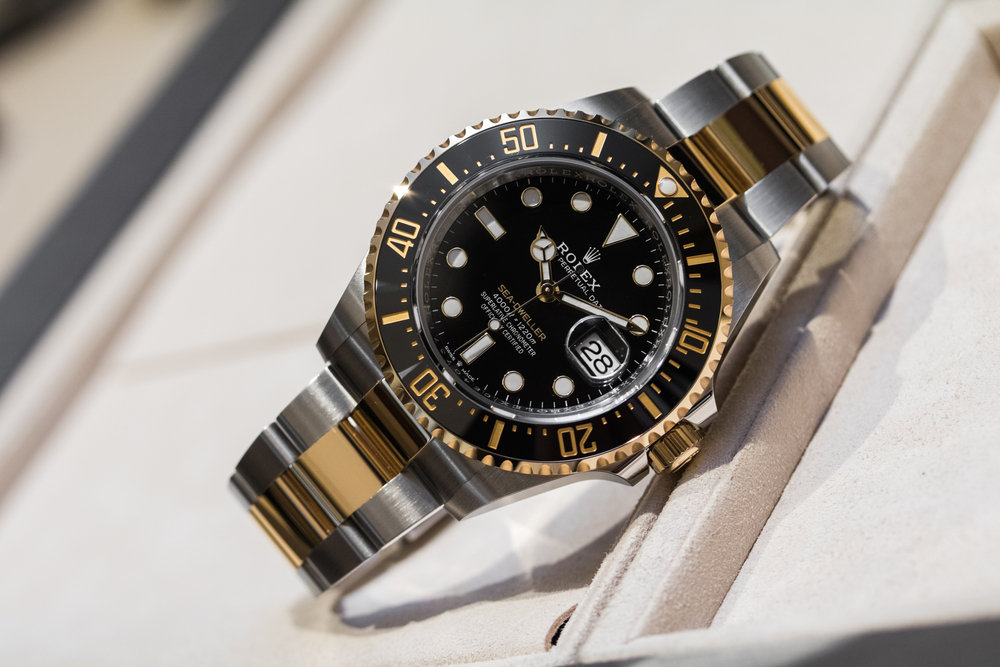
Oyster Case & Bracelet
The Oyster case itself is one of Rolex’s renowned innovations. The Submariner’s Oyster case is guaranteed waterproof to a depth of 1,000 feet and provides ultimate protection for the watch’s cutting-edge perpetual movement from water, dust, pressure, and shocks. Named after the sea creature, the case ensures watertight security like an actual oyster.
The crystal is made of synthetic sapphire, which is nearly scratchproof. Along with the oyster case, the Rolex Submariner Rolesor also features an Oyster bracelet. The bracelet is outfitted with an Oysterlock clasp. The clasp prevents accidental opening and utilizes a Glidelock feature, which allows adjustments of the bracelet size without any tools.
Triplock Winding Crown
Developed by Rolex, the Triplock winding crown is a triple waterproof system designed specifically for diving watches. The system is made of ten different elements and has four positions. When in the first position, the winding crown screws down into the Oyster case as tightly as a submarine’s hatch. The second position allows for manual winding of the watch, the third position changes the date, and the fourth position sets the time.
Luminescence
Another captivating feature of the Rolex Submariner Rolesor is the luminescence. The dial markers and hands are coated with Chromalight which allows for visibility in the darkest of environments. The luminosity will glow uniformly for up to eight hours. Whether you’re swimming in the depths of the sea or casually strolling the streets at night, the easy legibility of the dial makes the Submariner an excellent addition for any occasion.
Black or Blue Rolex Submariner
While the Submariner can be purchased in numerous metals and colors, the two-tone Rolex Submariner is only offered in a combination of 904L steel and 18k yellow gold. Adding to its attraction, the Rolesor timepiece can be adorned with a black dial and bezel or a blue dial and bezel. Which color combination is your favorite?
View our selection of expertly reconditioned, pre-owned Rolex Submariner wristwatches online or visit our jewelry and watch store on San Diego Avenue to find your next timeless treasure. If you need your Rolex Submariner fixed or refurbished to look like new again, click here to see our article on Rolex-factory trained watchmakers that we have to help you with your Rolex repairs in San Diego.

